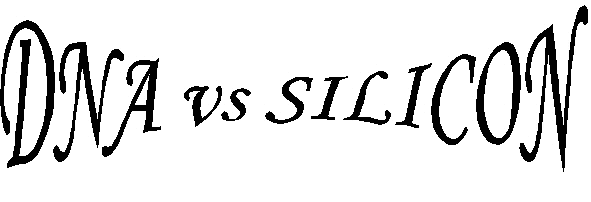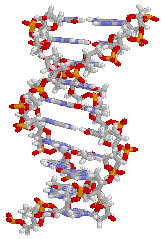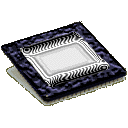– WELL IT CERTAINLY WON’T BE POWERING YOUR NEXT TOP-SELLING SHOOT-UM UP, OR DOWNLOAD INTERNET MUSIC
DNA computers are unlikely to feature word processing, e-mailing and solitaire programs. Instead, their powerful computing power will be used by national governments for cracking secret codes, or by airlines wanting to map more efficient routes.
It is thought that DNA computing, may have its biggest impact in for example, enabling a computing system to read and decode natural DNA directly. Such a computer also might be able to perform DNA "fingerprinting" - matching a sample of DNA, such as that in blood found at a crime scene, with the person from whom it came.

The DNA computer might be a cost-effective way to decode the genetic material of humans and other living things, and it might be able to create "wet data bases" of DNA for research purposes that would eliminate the time-consuming task of translating DNA into a form that can be stored in an electronic computer.
Current biomolecular computing technology is still far from overtaking the silicon chip. DNA computing is an infant discipline looking to find a way into real-world applications and a dream for scientists... a dream to harness the enormous data-storing capacity of DNA. It does seem to be the first example of true nanotechnology, forging a link between computational science and life science. Eventually, studying DNA computers may also lead us to a better understanding of the ultimate computer – the human brain.

 vs
vs 
